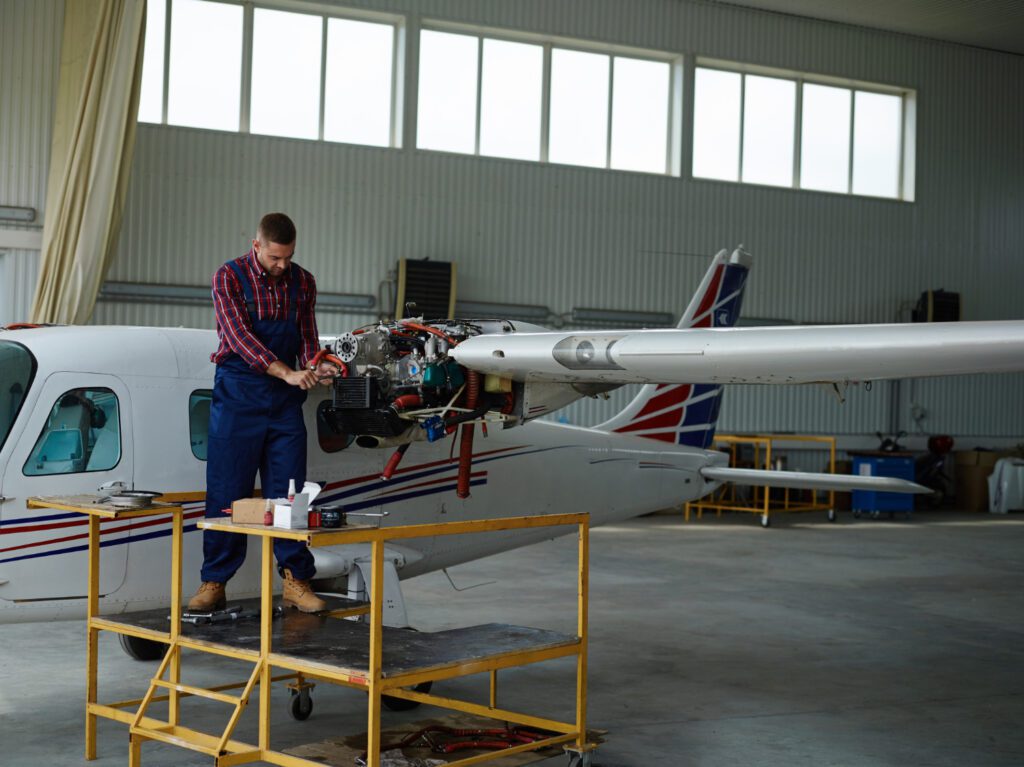Introduction:
The journey of aircraft design from the pioneering days of the Wright Brothers to the sleek modern jets of today is a testament to human ingenuity and technological advancement. Over the past century, aircraft have undergone remarkable transformations, driven by innovation, engineering breakthroughs, and the ever-increasing demands of aviation. Let’s embark on a journey through time, exploring the fascinating evolution of aircraft design.
The Wright Brothers and the Birth of Aviation:
At the dawn of the 20th century, Orville and Wilbur Wright achieved the seemingly impossible dream of powered flight. In 1903, their Wright Flyer, a biplane with a wooden frame and fabric wings, made history with its first controlled, sustained flight. This groundbreaking achievement marked the birth of aviation and laid the foundation for future aircraft design.
The Golden Age of Aviation:
The period between the World Wars witnessed rapid progress in aircraft design and technology. The iconic aircraft of this era, such as the Douglas DC-3 and the Boeing 707, revolutionized air travel with their enhanced speed, range, and comfort. Streamlined metal frames, retractable landing gear, and powerful piston engines became hallmarks of aviation design during the Golden Age.
The Jet Age and Beyond:
The advent of jet propulsion in the mid-20th century ushered in a new era of aviation. Jet engines offered unparalleled speed and efficiency, leading to the development of iconic aircraft like the Boeing 747, Airbus A380, and Concorde. These marvels of engineering showcased innovations such as swept wings, fly-by-wire technology, and composite materials, pushing the boundaries of what was thought possible in aircraft design.
Modern Innovations and Future Trends:
In the 21st century, aircraft design continues to evolve at a rapid pace, driven by advancements in materials, aerodynamics, and propulsion systems. Next-generation aircraft, such as the Boeing 787 Dreamliner and the Airbus A350, prioritize fuel efficiency, environmental sustainability, and passenger comfort. Additionally, emerging technologies like electric propulsion and supersonic travel promise to reshape the future of aviation, paving the way for faster, greener, and more efficient aircraft.
Conclusion:
From the humble beginnings of the Wright Flyer to the cutting-edge technology of modern jets, the evolution of aircraft design has been a remarkable journey marked by innovation, ambition, and human achievement. As we look to the future, the possibilities for aircraft design are endless, with advancements in technology poised to shape the aviation industry for generations to come. In this blog post, we’ve explored the fascinating evolution of aircraft design from the Wright Brothers’ historic flight to the modern marvels of engineering that grace our skies today. As aviation continues to evolve, one thing remains certain: the spirit of innovation and exploration that propelled Orville and Wilbur Wright into the sky over a century ago still guides us toward new horizons in the world of flight.

